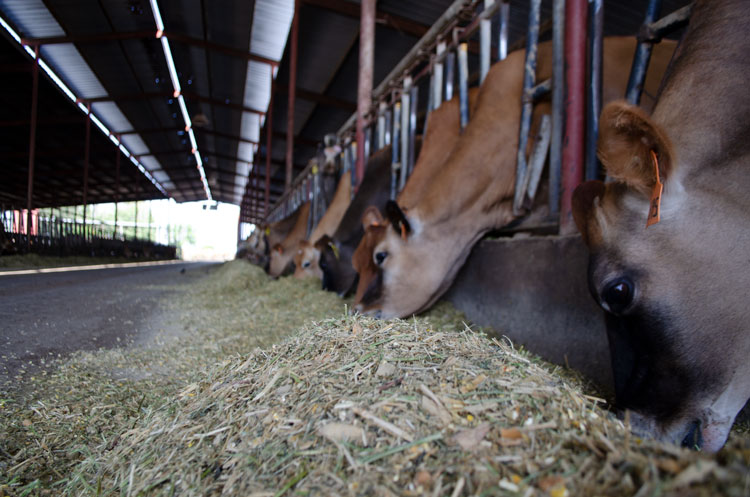
For years, feed costs have carried extra scrutiny as farms look to minimize their impact on the operation’s bottom line. Primary targets for cutting are high-priced additives and supplements that play specific roles in diets.
It’s with that in mind that Cornell’s Tom Overton encouraged producers to strategically review their rations and prioritize maintenance of ration ingredients that directly affect the daily cash flow and those that are fed during targeted periods of the lactation such as the transition period.
During a “Real Science Lecture Series” webinar, Overton highlighted the impact of the building blocks of one of those important nutrients. “We’re learning that amino acids are more than just nutrients that support protein synthesis, but they actually have a role in regulation and what goes on in the animal,” the dairy scientist said.
Some of those additional amino acid tasks include a role in one-carbon metabolism, regulation of metabolic pathways, innate immunity, oxidative metabolism, and even epigenetics.
He shared several studies during his presentation outlining findings that showed the positive effects of amino acids during the transition period and in improving efficiencies of nitrogen use in the cow.
“I wanted to highlight a couple things that fly under the radar when it comes to amino acids,” Overton commented. “One is how digestible are your rumen undegradable sources and how many nutritionists or feed companies really know that? What about interactions with energy status?”
All these questions should be considered when weighing feed ingredient decisions. None should be made lightly, and consultation with your nutritionist is highly recommended.








